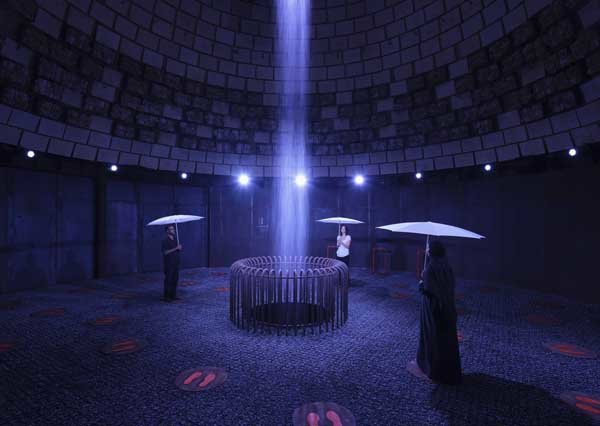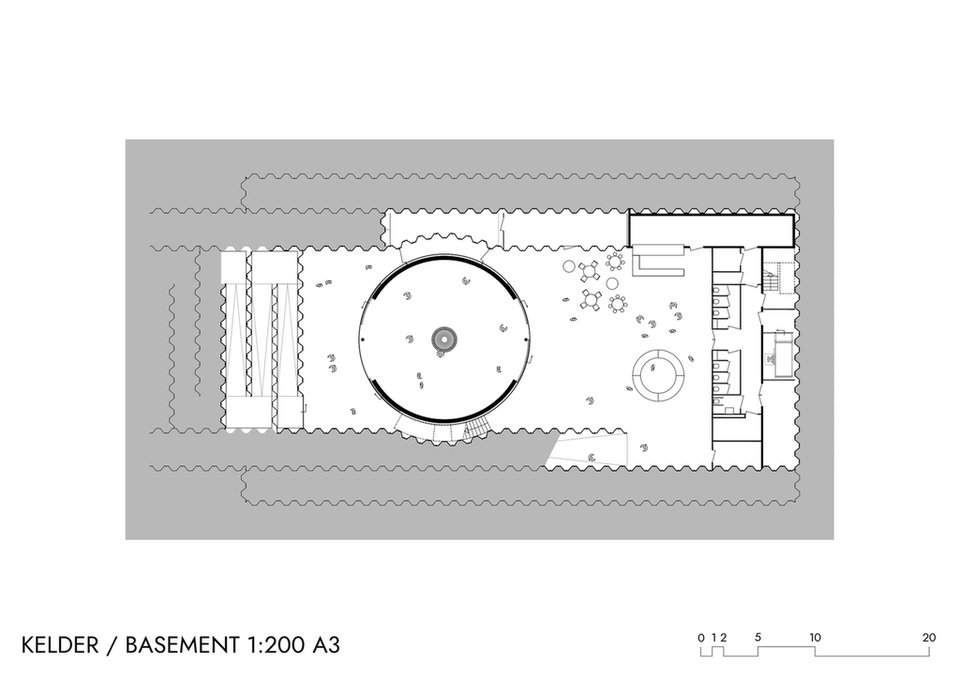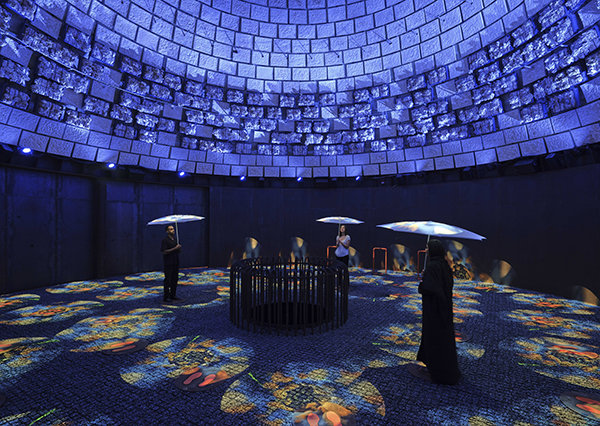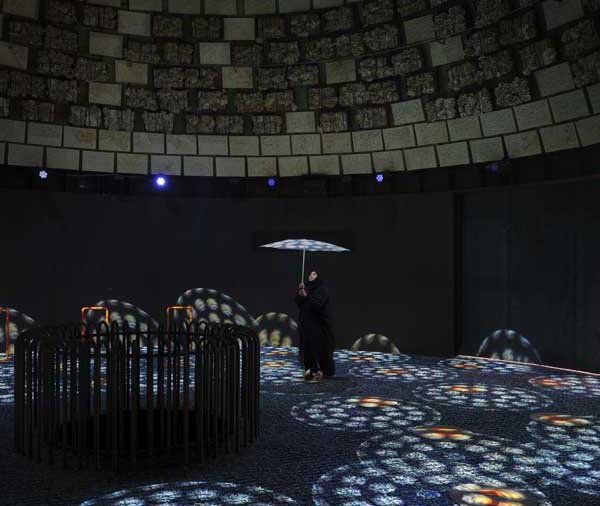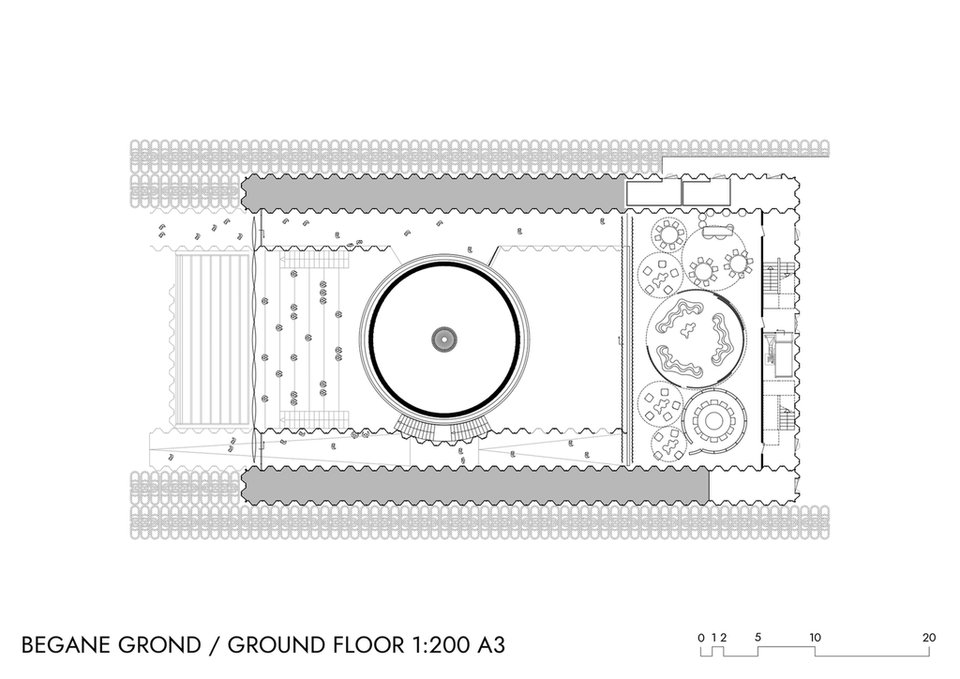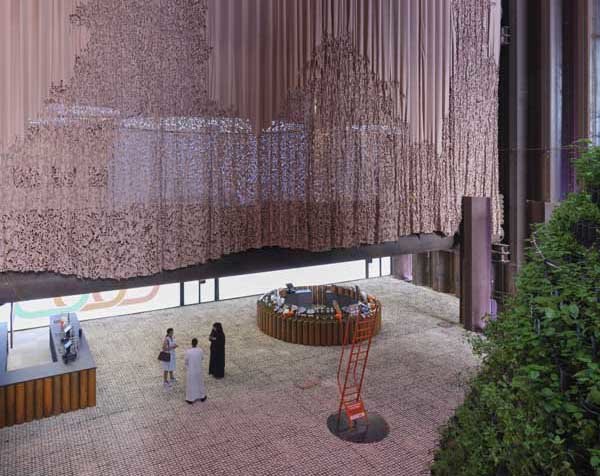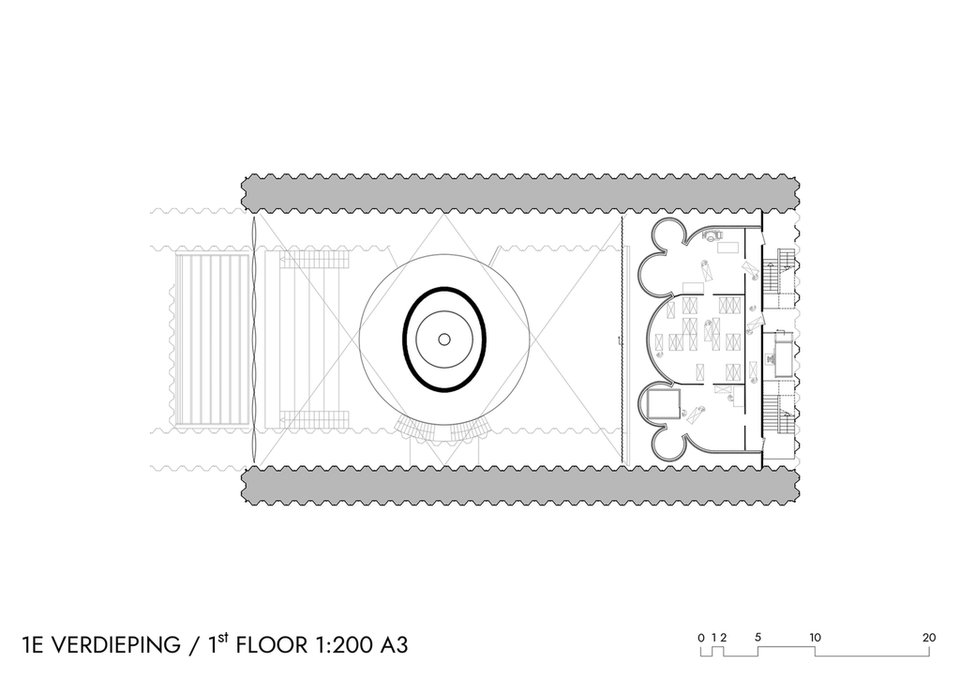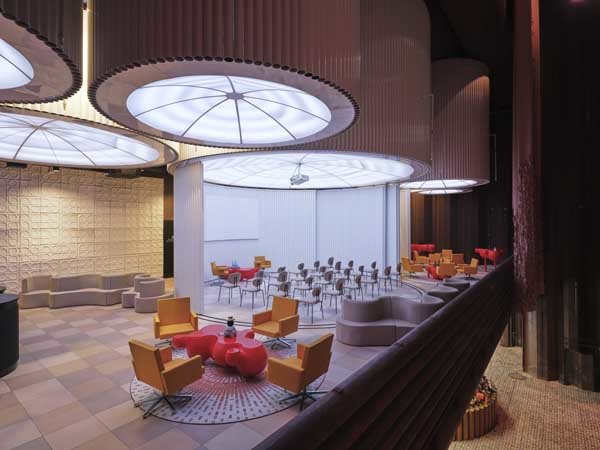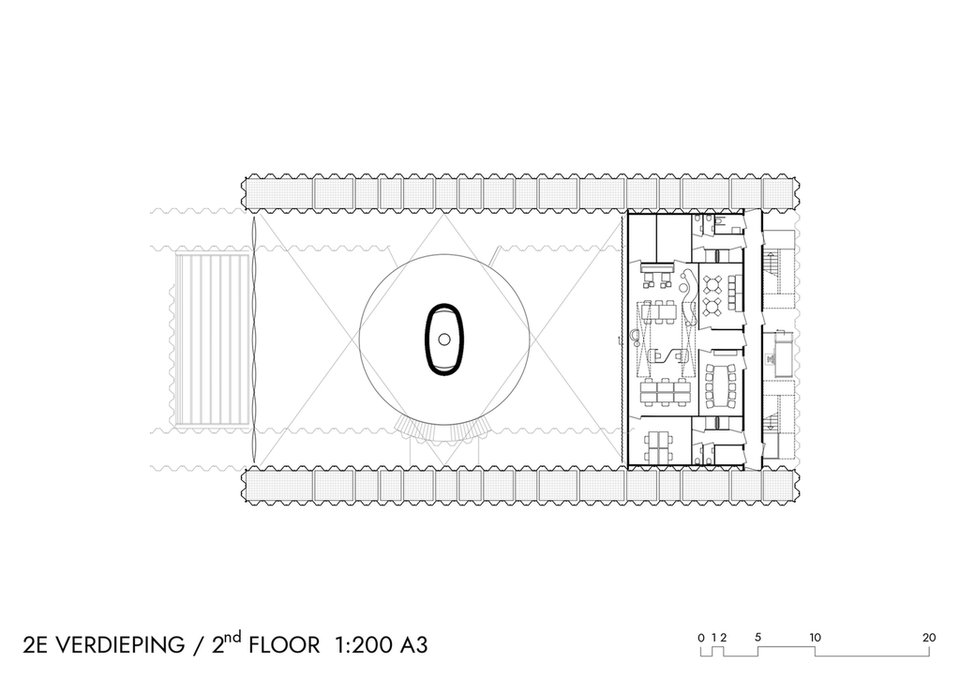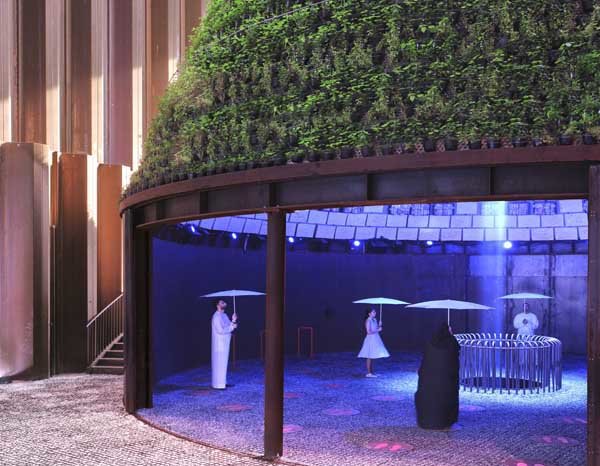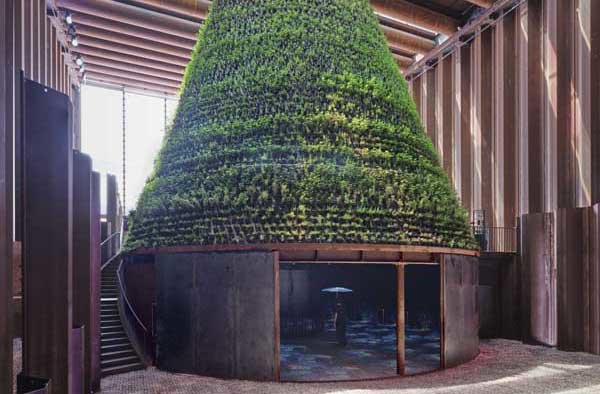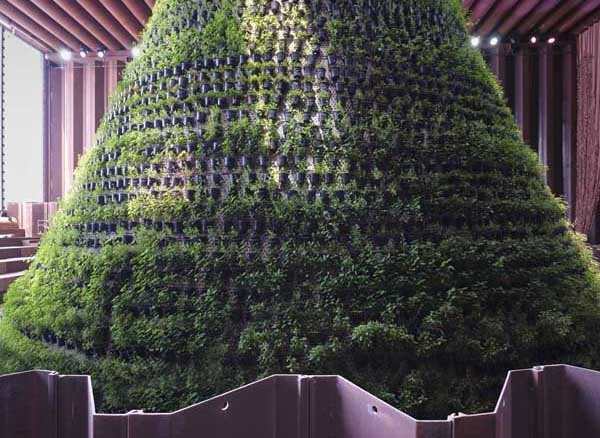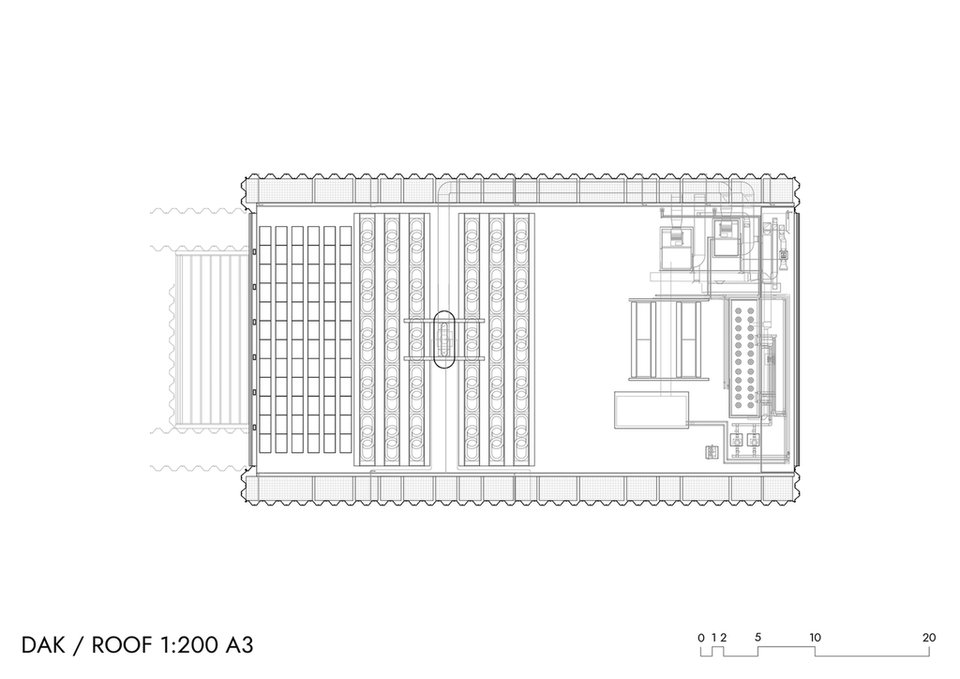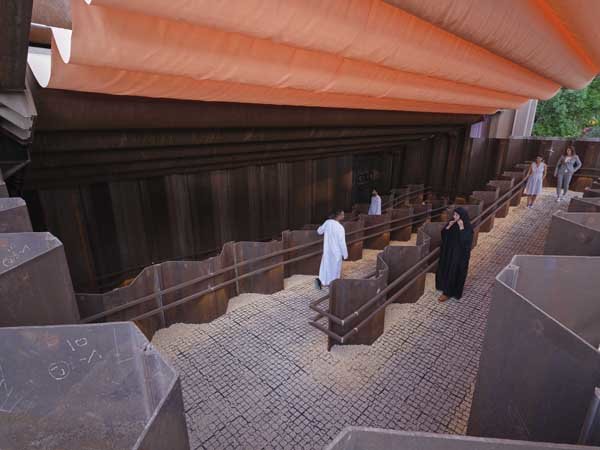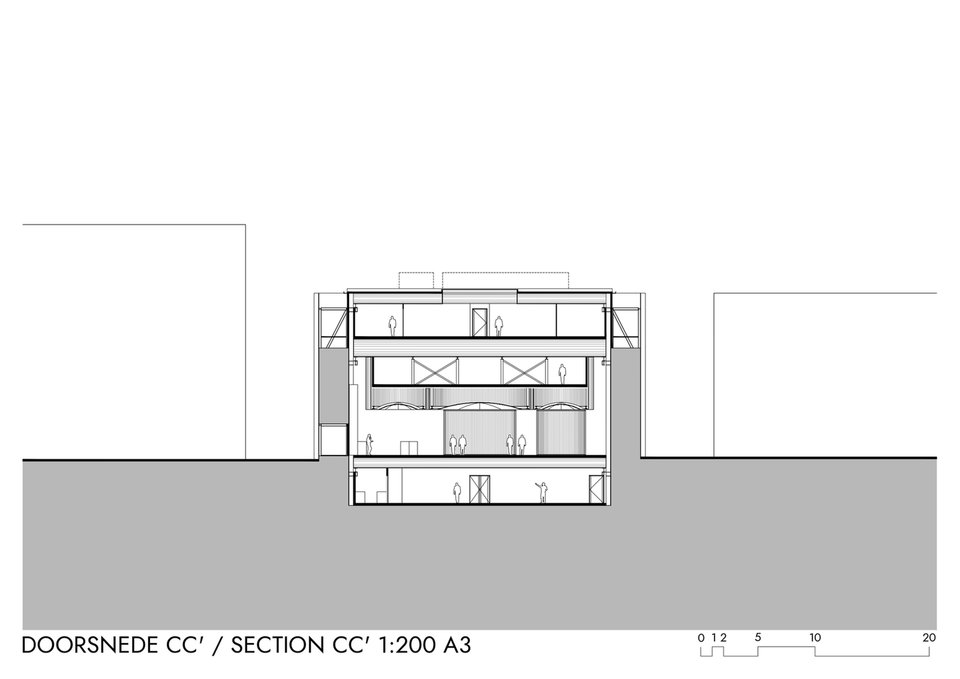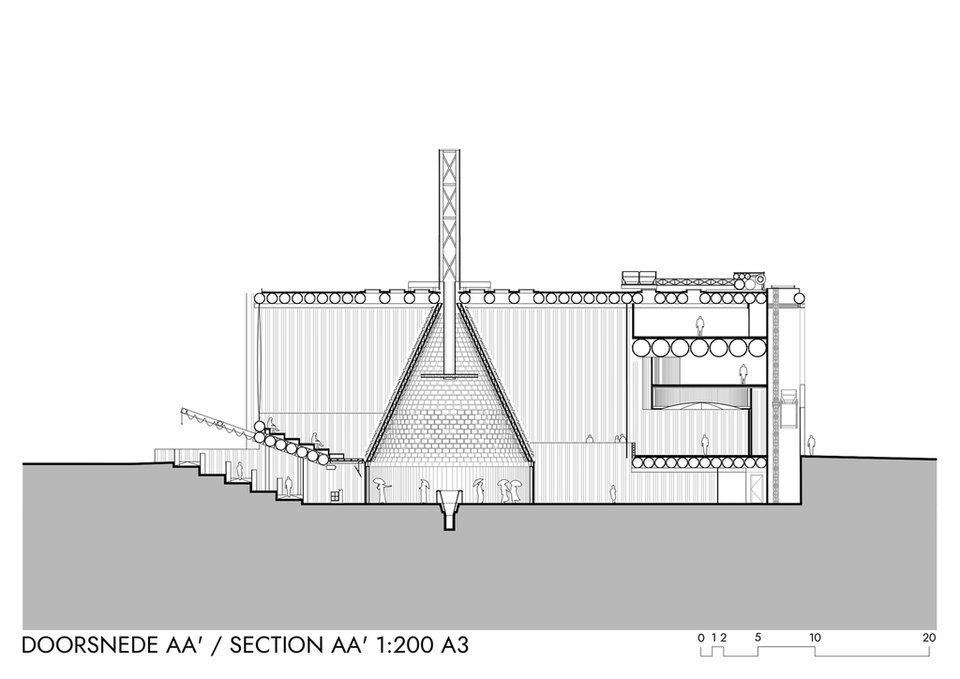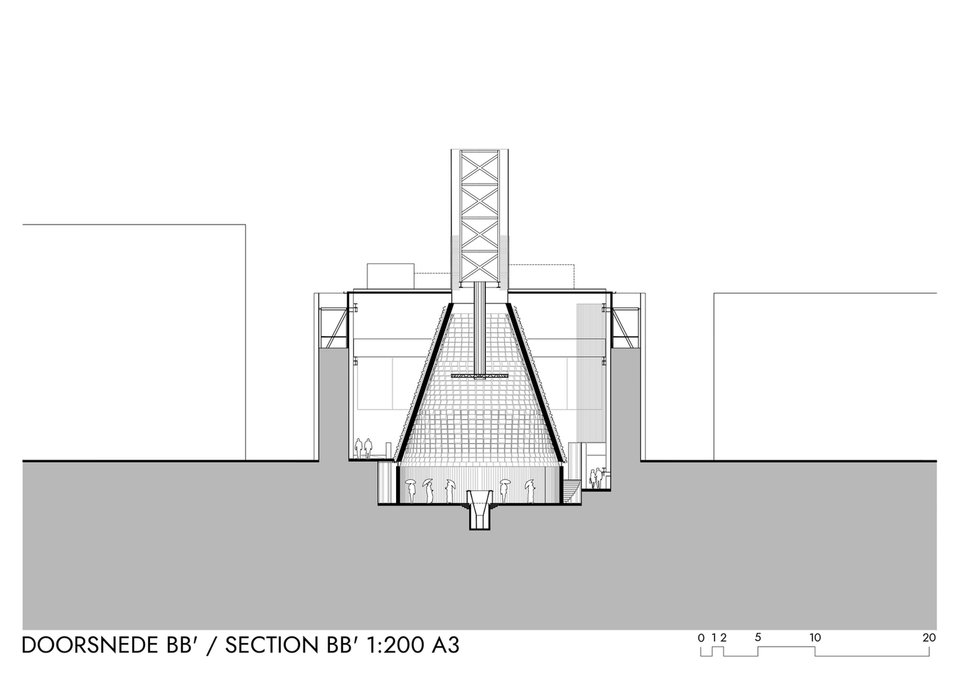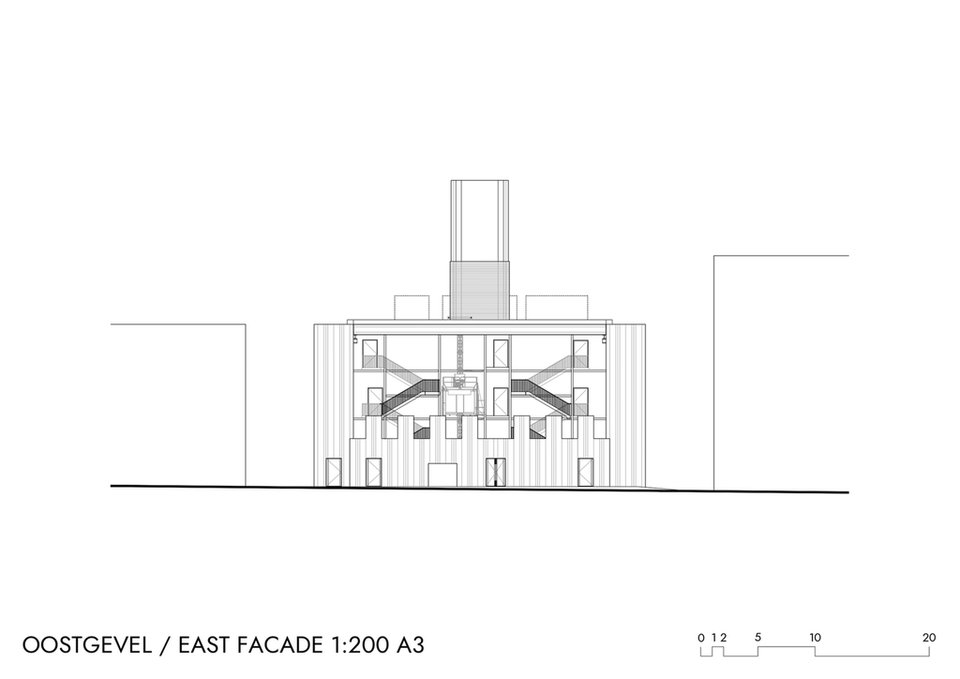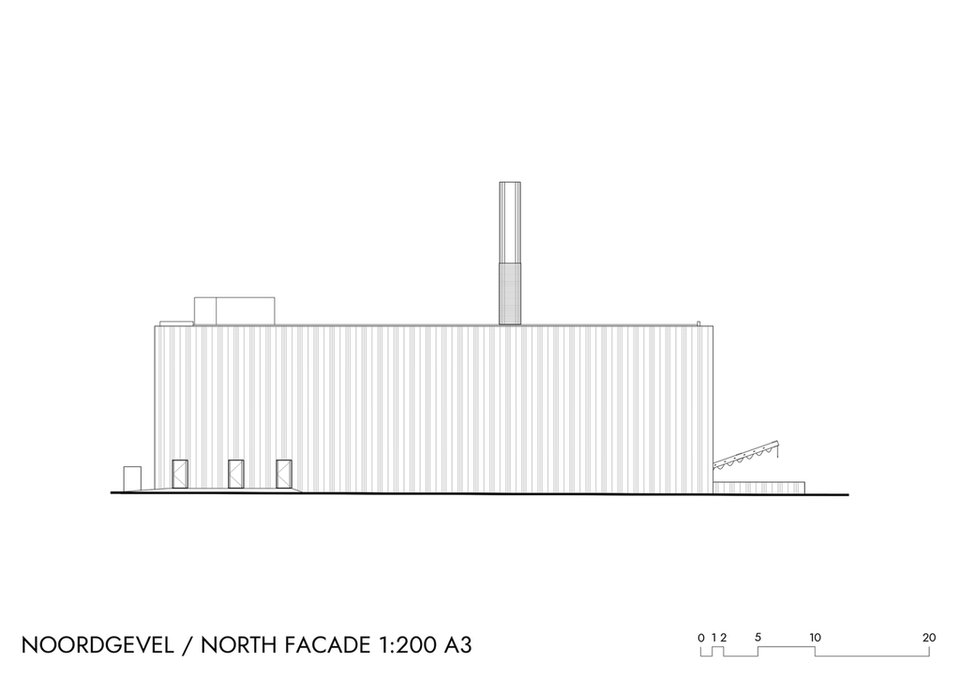Architecture industry briefing
The latest news and stories you need to know about
News in numbers
5.6
The IHS Markit/CIPS UK Construction Purchasing Managers' Index fell to an eight-month low of 52.6 in September from 55.2 in August.
£15m
The UK’s University of Nottingham is set to start comprehensive refurbishment work worth £15m on the residential estate to provide sustainable student accommodation on campus.
1.8%
The level of construction output in July 2021 was 1.8% (£257 million) below the February 2020 pre-pandemic level, according to the latest ONS data.
2,900
According to data published by admissions services UCAS for this year, 2,900 female students accepted places at architecture schools compared to 2,730 men.
24
Development firm Ryan Companies has announced its plans to commence the construction of a 24-storey office tower in Texas, US, in early 2022.
15
A sustainable urban living model centred on the idea that city residents should be able to access all of their daily living needs within a 15-minute walk or cycle ride has won the €100,000 Obel Award.
Projects
Luxury senior living
Ryan Companies has set up a joint venture (JV) and commenced construction on Grand Living at Tuscan Lakes, a luxury senior living community at League City, Texas, US. Designed by Ryan Architecture + Engineering, the new 186-unit luxury senior living community is planned to be completed in 2023.
Credit: Ryan Companies US
London’s green office scheme
Welput is set to develop its proposed £1bn green office scheme in Victoria Green in London, UK.
BentallGreenOak manages the specialist central London office fund Welput. The project involves the rework of the former House of Fraser department store and offices at 105 Victoria Street that also has frontages to Howick Place, Artillery Row and Wilcox Place.
Credit: Welput
Mixed-use Metro
The Washington Metropolitan Area Transit Authority (Metro) has signed an agreement with FGCP-Metro to jointly redevelop the West Falls Church Metro Station site in Virginia, US. The redevelopment of the Metro Station property is intended to create a vibrant, mixed-use community comprising office, retail, and residential space.
Credit: Washington Metropolitan Area Transit Authority (WMATA)
In pictures
Dutch practice V8 Architects has created a pavilion with its own enclosed water, energy and food system and a leave-no-trace philosophy as the Netherlands' contribution to Expo 2020 Dubai.
In the Expo's sustainability district, the Dutch Biotope pavilion features an integrated water, energy and food system, with technology that extracts water from the desert air and uses it to irrigate an 18-metre-high "food cone" covered with edible plants.
Organic solar skylights located in the pavilion’s roof generate energy, which is used to create water from the surrounding air. As a result, the temperature on the inside of the cone lowers, making it an ideal climate for mushrooms to grow.
The harvested water is also used to irrigate the plants on the outside of the cone, and as mushrooms produce CO2, this supports the growth of the plants on the outside of the cone. Plant growth is also supported by the organic solar panels that let through the right light spectrum that the edible plants need to grow. Moreover, through photosynthesis, the plants produce oxygen to enhance the air quality in the public space.

